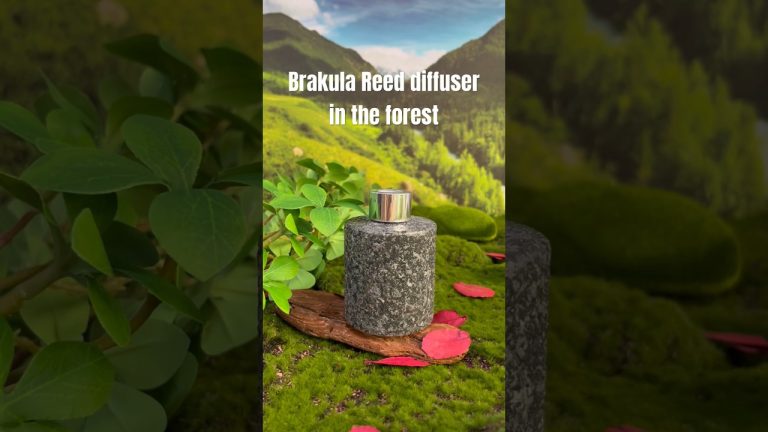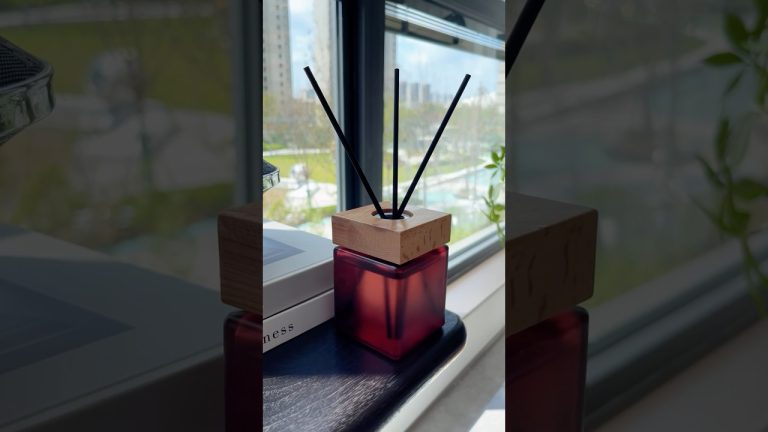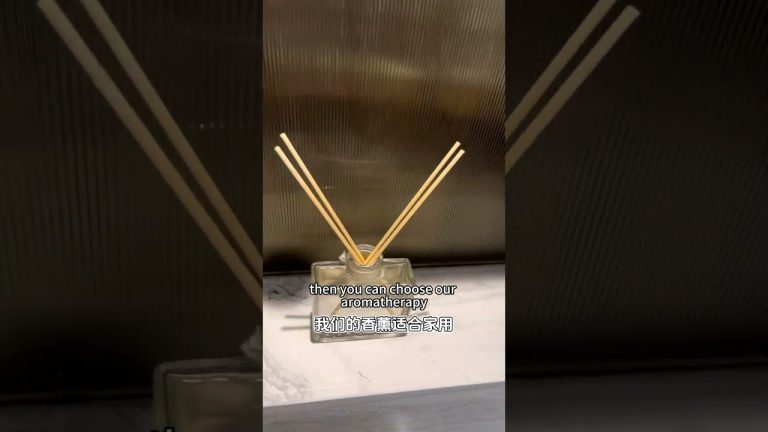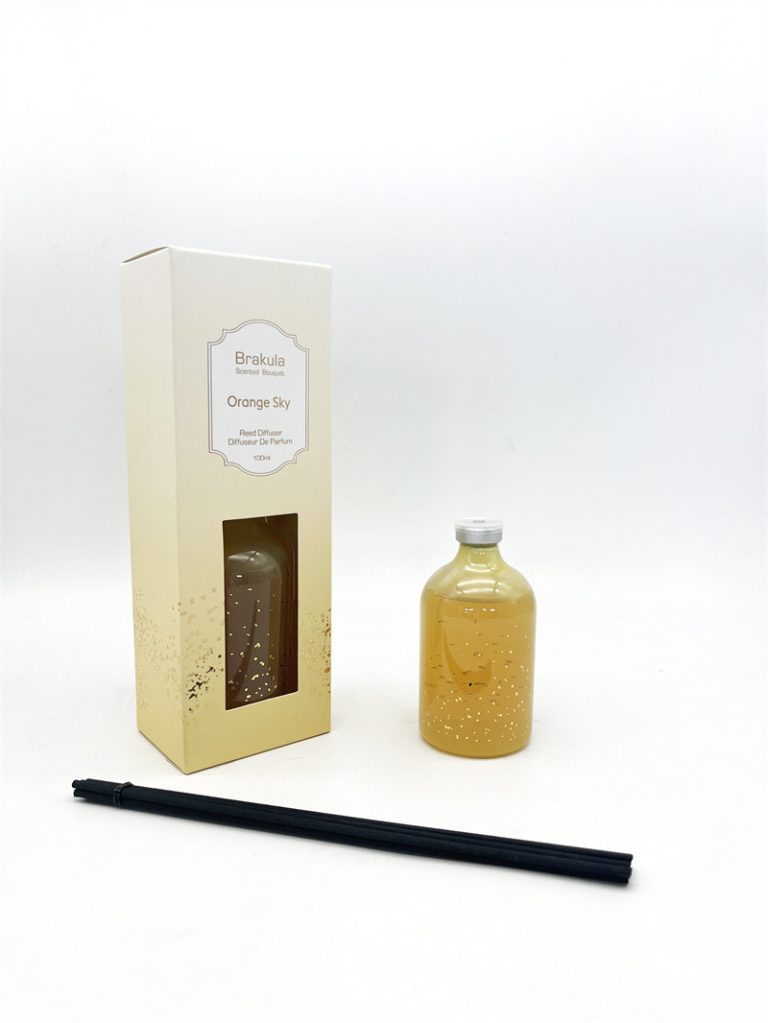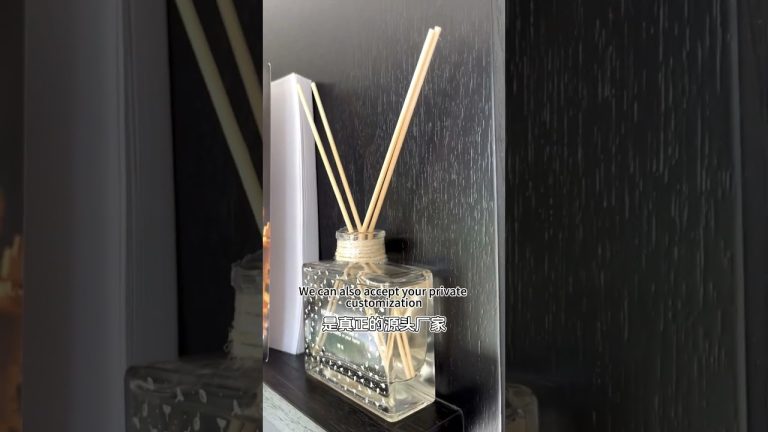Table of Contents
Measuring Essential Oil Drops: Understanding mL Conversions
When it comes to using essential oils, understanding the proper measurements is crucial to ensure safe and effective use. One common question that arises is how many milliliters (mL) are in a drop of essential oil. The answer to this question can vary depending on the viscosity of the oil and the size of the dropper, but there are some general guidelines that can help you make accurate measurements.
Essential oils are highly concentrated plant extracts that are used for their therapeutic properties. Because they are so potent, it is important to use them in small quantities to avoid adverse reactions. Most essential oils are sold in small bottles with dropper tops that dispense the oil one drop at a time. However, not all droppers are created equal, and the size of a drop can vary depending on the design of the dropper.
In general, a standard drop of essential oil is considered to be around 0.05 mL. This means that there are approximately 20 drops in a milliliter. However, this is just a rough estimate, and the actual volume of a drop can vary depending on the oil and the dropper. Thicker oils like patchouli or vetiver may produce larger drops, while thinner oils like lavender or peppermint may produce smaller drops.
To ensure accurate measurements, it is best to use a graduated pipette or dropper that is specifically designed for essential oils. These tools are calibrated to dispense a consistent volume of oil with each drop, making it easier to measure out the desired amount. If you are using a dropper top that came with your essential oil bottle, you can test the size of a drop by counting how many drops it takes to fill up a teaspoon or tablespoon. This can give you a rough idea of how much oil you are dispensing with each drop.
When following a recipe or blending your own essential oil blends, it is important to pay attention to the recommended number of drops. Using too much or too little oil can affect the potency and effectiveness of the blend. If you are unsure about the size of a drop, you can always err on the side of caution and start with fewer drops, adding more as needed.
In addition to drops, essential oils can also be measured in other units such as teaspoons, tablespoons, or milliliters. To convert drops to milliliters, you can use the general guideline of 20 drops per milliliter. For example, if a recipe calls for 5 drops of lavender oil, you would need 0.25 mL of oil. Similarly, if a recipe calls for 10 mL of oil, you would need approximately 200 drops.
In conclusion, understanding the proper measurements for essential oils is essential for safe and effective use. While the size of a drop can vary depending on the oil and the dropper, a general guideline of 20 drops per milliliter can help you make accurate measurements. By using a graduated pipette or dropper and paying attention to recommended dosages, you can ensure that you are using essential oils in a safe and effective manner.
The Science Behind Essential Oil Droplet Sizes
Essential oils have gained popularity in recent years for their various health and wellness benefits. From aromatherapy to skincare, these potent plant extracts have been used for centuries for their therapeutic properties. One common question that arises when using essential oils is how many milliliters are in a drop. Understanding the size of a drop of essential oil is crucial for accurate dosing and safe usage.
The size of a drop of essential oil can vary depending on the viscosity and surface tension of the oil. In general, a standard drop of essential oil is considered to be around 0.05 milliliters. However, this measurement is not set in stone and can vary slightly depending on the specific oil being used. Some oils may produce larger drops due to their thicker consistency, while others may produce smaller drops due to their lighter viscosity.
When using essential oils, it is important to be mindful of the droplet size to ensure proper dosing. Using too much of a concentrated oil can lead to skin irritation or other adverse reactions. On the other hand, using too little may not provide the desired therapeutic benefits. It is recommended to start with a small amount and adjust as needed based on individual tolerance and response.

To accurately measure the number of drops needed for a specific application, it can be helpful to use a dropper or pipette. These tools can provide more precise dosing compared to simply relying on the size of a drop. Additionally, some essential oil manufacturers may provide guidelines on the number of drops needed for different uses, such as diffusing, topical application, or ingestion.
https://reedaromalab.com/tag/high-grade-scent-diffuser-best-china-manufacturer
In addition to droplet size, it is also important to consider the purity and quality of the essential oil being used. Pure, therapeutic-grade oils are more potent and effective compared to diluted or synthetic oils. When purchasing essential oils, look for reputable brands that provide detailed information on sourcing, extraction methods, and testing procedures.
Another factor to consider when using essential oils is the method of application. Some oils are best suited for topical use, while others are more suitable for inhalation or ingestion. It is important to follow recommended guidelines for each oil and consult with a healthcare professional if unsure about proper usage.
In conclusion, the size of a drop of essential oil can vary depending on the specific oil and its properties. While a standard drop is generally considered to be around 0.05 milliliters, it is important to be mindful of droplet size when using essential oils for therapeutic purposes. Using a dropper or pipette can help provide more accurate dosing, and it is important to consider the purity and quality of the oil being used. By understanding the science behind essential oil droplet sizes, you can safely and effectively incorporate these powerful plant extracts into your health and wellness routine.
Tips for Accurately Dispensing Essential Oil Drops in mL
When it comes to using essential oils, accuracy is key. Whether you are using them for aromatherapy, skincare, or cleaning purposes, knowing the exact amount of essential oil you are using is crucial for achieving the desired results. One common question that arises when working with essential oils is how many milliliters (mL) are in a drop. Understanding this conversion can help you accurately dispense the right amount of essential oil for your needs.
Essential oils are highly concentrated plant extracts that are typically used in small quantities. Due to their potency, it is important to use them sparingly and with caution. The number of drops in a milliliter can vary depending on the viscosity of the oil and the size of the dropper or orifice reducer. However, as a general rule of thumb, there are approximately 20 drops in 1 milliliter of essential oil.
To ensure accurate dispensing of essential oil drops in milliliters, it is helpful to use a dropper or a graduated pipette. These tools can help you measure out the exact amount of oil you need for your specific application. When using a dropper, make sure to hold it vertically and release the drops slowly to prevent any spillage or wastage.
Another useful tip for accurately dispensing essential oil drops in milliliters is to familiarize yourself with the viscosity of different oils. Thicker oils like patchouli or vetiver may require more force to dispense a drop, while thinner oils like lavender or peppermint may come out more easily. By understanding the characteristics of each oil, you can adjust your dispensing technique accordingly.
Indoor Aromatherapy It is also important to note that the size of the dropper or orifice reducer can affect the number of drops in a milliliter. Some droppers may dispense larger or smaller drops, so it is a good idea to test the dropper with water or a carrier oil to determine the average drop size. This can help you calculate the number of drops needed to achieve a specific volume of essential oil.
When working with essential oils, precision is key. Using too much or too little oil can impact the effectiveness of your blend and may even cause adverse reactions. By understanding the conversion of drops to milliliters and using the right tools for dispensing, you can ensure that you are using essential oils safely and effectively.
| Article Name | Air Freshener |
| Material | Wood |
| Suitable for | Basement |
| Scents | Pine Tree, Holiday Pomander |
| Capacity | Customized |
| Color | Scarlet |
| Origin | China Supplier |
| Duration | 1 year |
In conclusion, knowing how many milliliters are in a drop of essential oil is essential for accurate dispensing. By following these tips and guidelines, you can confidently measure out the right amount of oil for your needs. Remember to always handle essential oils with care and respect their potency. With practice and attention to detail, you can become a master at dispensing essential oil drops in milliliters.

